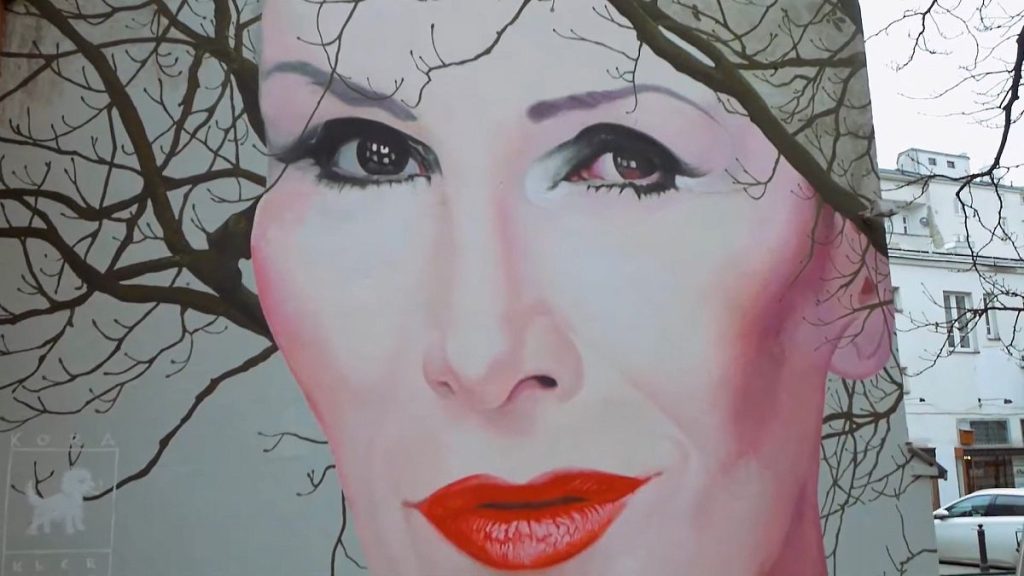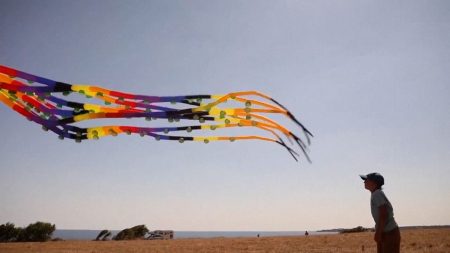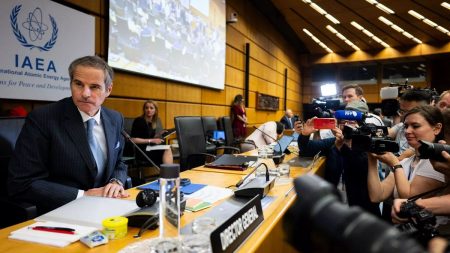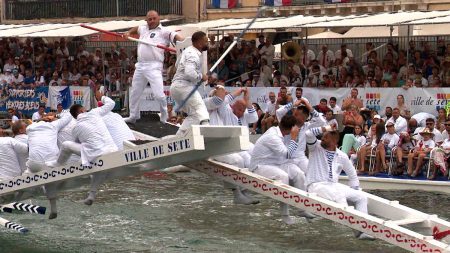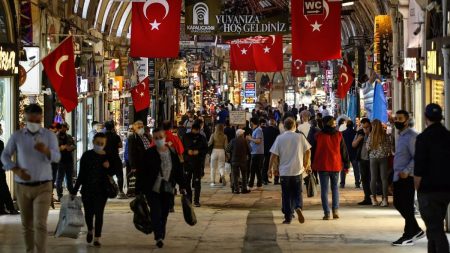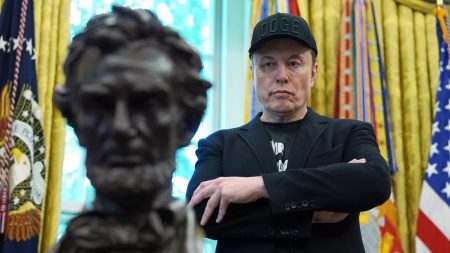The vibrant streets of Warsaw, Poland, are undergoing a captivating transformation, evolving into a dynamic open-air museum showcasing the city’s rich cultural tapestry through the expressive medium of street art. From sprawling murals adorning building facades to intricate stencils tucked away in hidden corners, the urban landscape is becoming an ever-expanding canvas where both established artists and enthusiastic amateurs contribute to a collective narrative etched in color and form. This blossoming artistic movement not only beautifies the cityscape but also reflects the city’s history, its social and political evolution, and the diverse perspectives of its inhabitants. Warsaw’s embrace of street art signifies a shift towards a more inclusive and participatory approach to urban design, where public spaces are actively engaged with and transformed into vibrant expressions of community identity.
The roots of muralism in Poland can be traced back to the Communist era, a period when these large-scale artworks were primarily employed as tools of propaganda, disseminating the party’s ideology and bolstering its image. These state-sanctioned murals often depicted idealized scenes of socialist progress, celebrating workers, industry, and the collective spirit. However, the fall of Communism in 1989 ushered in a new era of artistic freedom, opening the floodgates for a wave of creative expression that sought to break free from the constraints of political messaging. Western influences began to permeate the Polish art scene, introducing new styles, techniques, and thematic explorations. Warsaw’s walls, once dominated by propagandistic imagery, became canvases for a burgeoning street art movement that embraced diverse artistic styles and reflected the city’s changing social and political landscape.
The rise of street art in Warsaw has been significantly facilitated by the introduction of participatory budgeting, a democratic process that empowers residents to directly influence how city funds are allocated. This innovative approach to urban planning has given communities a voice in shaping their neighborhoods, encouraging active participation in local development projects. The allocation of funds towards street art initiatives underscores the growing recognition of its value, not only as a form of aesthetic enhancement but also as a powerful tool for community building and cultural expression. By giving residents a stake in the artistic transformation of their surroundings, participatory budgeting has fostered a sense of ownership and pride, contributing to the vibrancy and dynamism of Warsaw’s urban environment.
The murals that grace Warsaw’s walls transcend mere decoration, evolving into powerful visual narratives that encapsulate the city’s multifaceted history, its cultural heritage, and the diverse experiences of its people. They serve as a testament to the city’s resilience in the face of adversity, reflecting its journey from a city marked by the scars of war and political repression to a vibrant hub of artistic innovation and cultural expression. The murals often depict historical figures, significant events, or local folklore, preserving collective memory and fostering a deeper understanding of the city’s past. They also address contemporary social issues, sparking dialogue and encouraging critical reflection on the challenges and opportunities facing Warsaw today.
Warsaw’s burgeoning street art scene has transformed the city into a compelling destination for art enthusiasts and curious travelers alike. Visitors can embark on self-guided walking tours, exploring different neighborhoods and discovering hidden gems of artistic expression. These urban explorations offer a unique opportunity to engage with the city’s history and culture on a deeper level, moving beyond the traditional tourist trail and immersing oneself in the vibrant pulse of Warsaw’s artistic heart. The murals, with their diverse styles and thought-provoking themes, offer a window into the soul of the city, reflecting the aspirations, struggles, and triumphs of its people.
The evolution of street art in Warsaw stands as a testament to the transformative power of art in public spaces. It demonstrates how art can transcend its purely aesthetic function and become a catalyst for social change, community engagement, and cultural dialogue. The murals not only beautify the urban environment but also inspire critical thinking, foster a sense of shared identity, and celebrate the rich tapestry of human experience. Warsaw’s embrace of street art exemplifies a growing global trend towards incorporating artistic expression into the fabric of urban life, recognizing its potential to create more vibrant, inclusive, and engaging public spaces. The city’s walls, once blank canvases, now speak volumes, narrating stories of resilience, creativity, and the enduring power of art to connect communities and inspire change.




